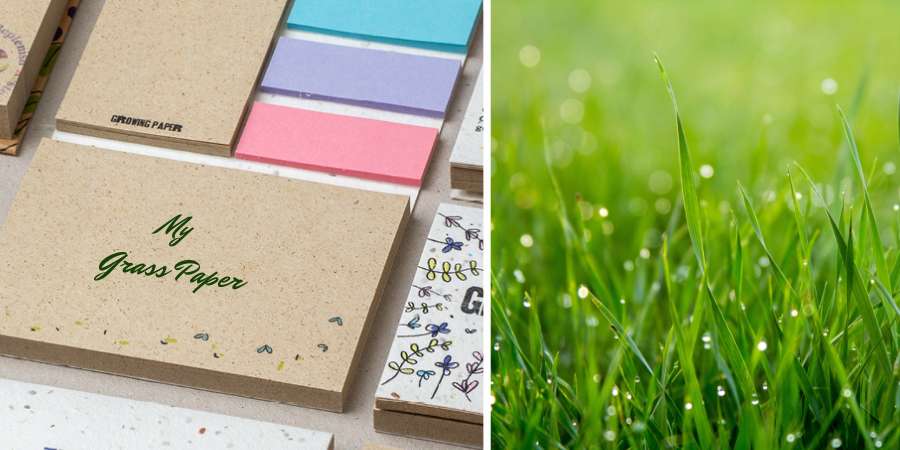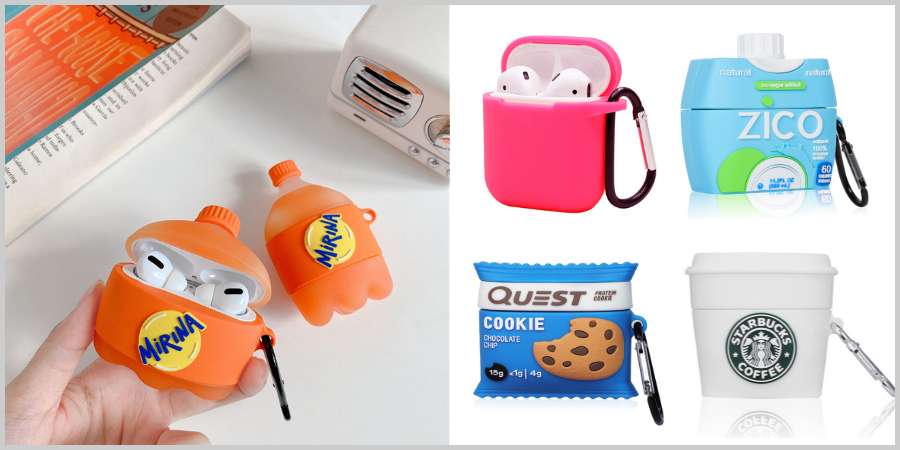In recent years, more and more sustainable methods have been sought for the production of paper objects, pushing public opinion to the conscious use of virgin paper, to separate collection for recycling, to the choice of recycled paper for disposable products as notebooks, sticky notes, notepads. The research did not stop there: among the latest news the plantable paper, which we have already talked about, and the grass paper.
Uwe D'Agnone, the inventor of grass paper, was certainly based on the simple concept that grass grows faster than a forest. It is known that the raw material from which paper is made is, in fact, wood.
In the transformation process from wood to paper, lignin is removed, that is a substance contained in the walls of all vascular plants such as tree trunks. Removing it is a complex and long process that requires energy expenditure, large quantities of water and the use of chemicals. Think that a ton of grass paper is produced with 2 liters of water, while for the same amount of traditional paper it would take 6000 liters; in addition, the consumption of electricity and carbon dioxide emissions are significantly lower than the chemical treatment of wood, with a 75% lower impact.
The farmer also benefits from this: the hay at the end of the harvest period is often too rich in structure to be used as forage for livestock. This hay, which would usually be burned causing air pollution, is instead used for the production of grass paper.
Grass paper is made up of 40-50% dried grass to which waste paper or wood fibers are added. It can also be used for packaging such as paper bags for shops, boxes and packaging, as well as for classic blocks, notebooks, and sticky notes. It can be combined with plantable paper, for example by making a notebook with a plantable cover and grass paper pages.
A nice alternative to offer to customers: in this way you will be considered up-to-date, attentive to the environment and so original. It will be you, thanks to your message of sustainability, who will raise awareness of the use of this new material, still unknown to many!



